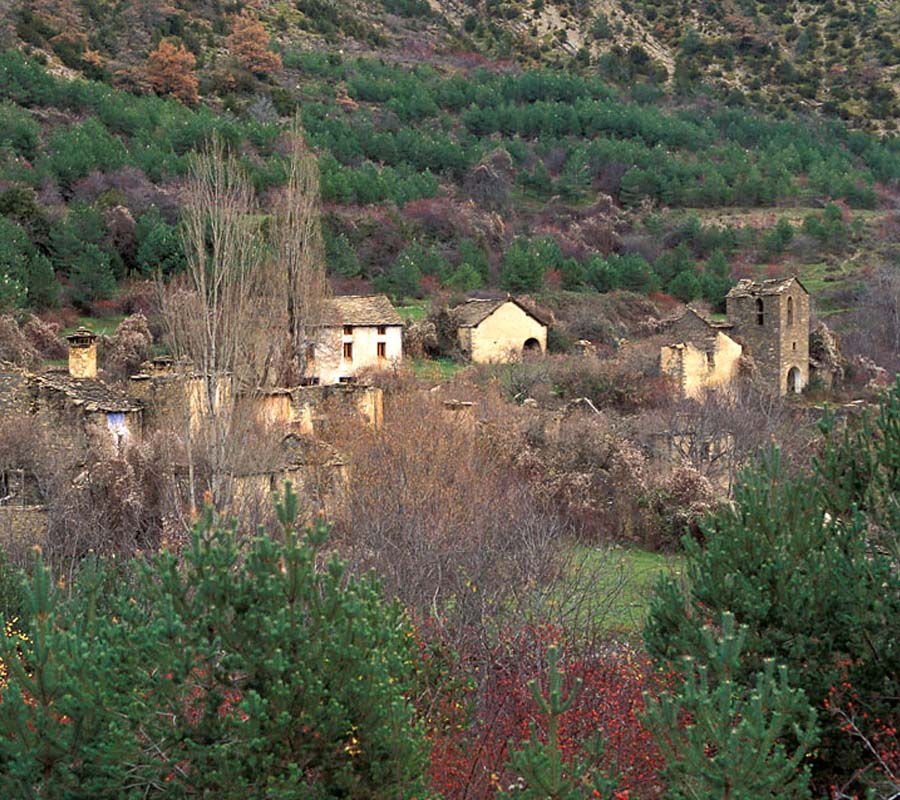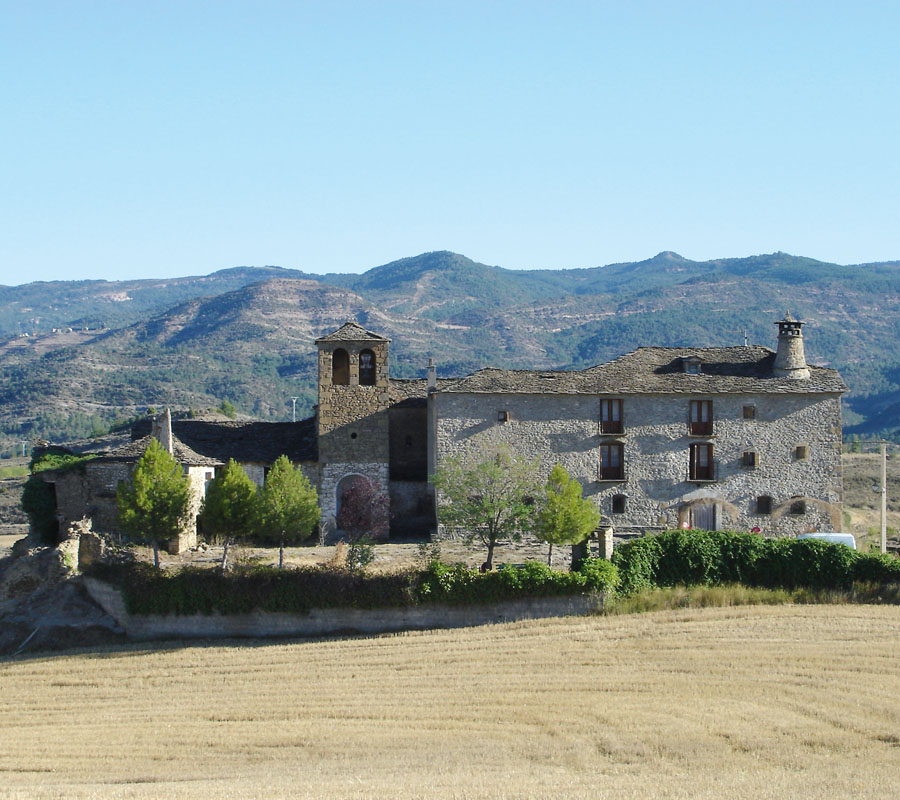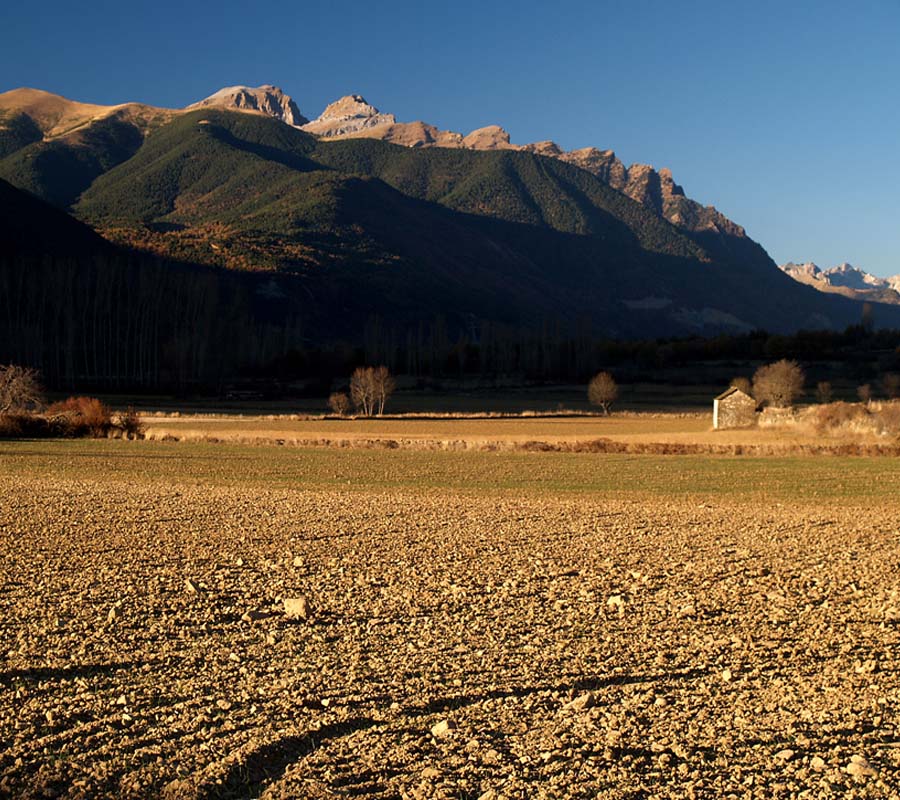Huesca has the dubious distinction of being the part Spain with the highest number of abandoned villages. Depopulation has many causes, for example the construction of dams such as in the case of Búbal and Saqués. However, the main cause was migration during the 1960s and 1970s to cities and big towns, when the conditions in the villages were really tough and the cities and towns offered work and a brighter future.
A route to remember the past, the sensation of travelling in time, to places where it feels like time has stood still, where nature, now undomesticated, has taken over the houses and roads, showing visitors a different kind of wilderness.
But there are also examples of recovery, villages that are inhabited again, where children have returned to play in the streets, where festivals have been revived and churches are in use once more. Some years ago, the people of Lanuza, who were subject to compulsory expropriation and forced to leave because of the building of the dam, decided to initiate a process to recover the village, starting with the restoration of the church. Later the land was restored to the former residents and so they were able to recover houses and the village square, and they revived the village fiesta. Today the village has come back to life with several families living there all year round. Ibort, on the outskirts of Sabiñánigo, was rebuilt by an association and has had permanent residents for the past number of years. They have a sustainable development project and social model in place for the village.


